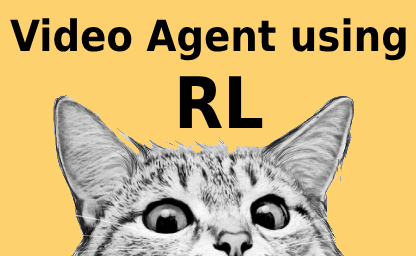
RL for Moderation Task Ranking
Jun,2025. Work @ TikTok
When your model is no longer just a filter.

Jun,2025. Work @ TikTok
When your model is no longer just a filter.
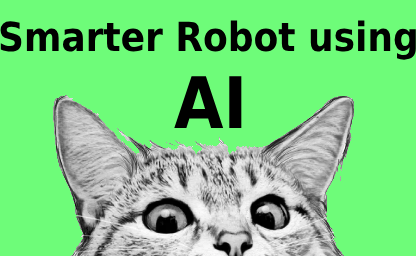
Jun,2023. Work @ Gaussian Robotics
Robot + Computer Vision + AI = ?
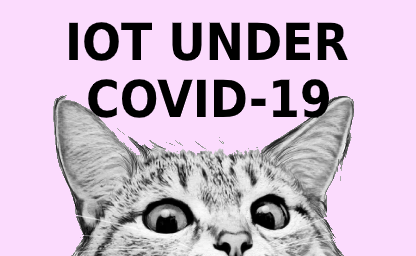
Dec,2020. Work @ OPEN8
An AI & IOT solution for Work-from-home.
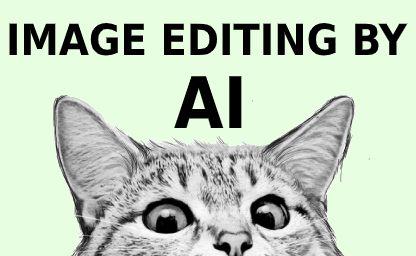
Jun,2020 - Dec,2020. Work @ OPEN8
A comprehensive toolkit dedicated for AI image editing.

May,2020 - Jun,2020. Work @ OPEN8
AWS DeepRacer May-2020 Qualifier Challenge.

Dec,2019 - Mar,2020
A fully end-to-end trainable AI model that can recommend best position for captions/texts on images.
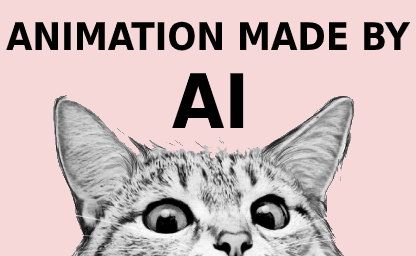
Sep,2019 - Dec,2019. Work @ OPEN8
An AI that suggests animations for any input images.